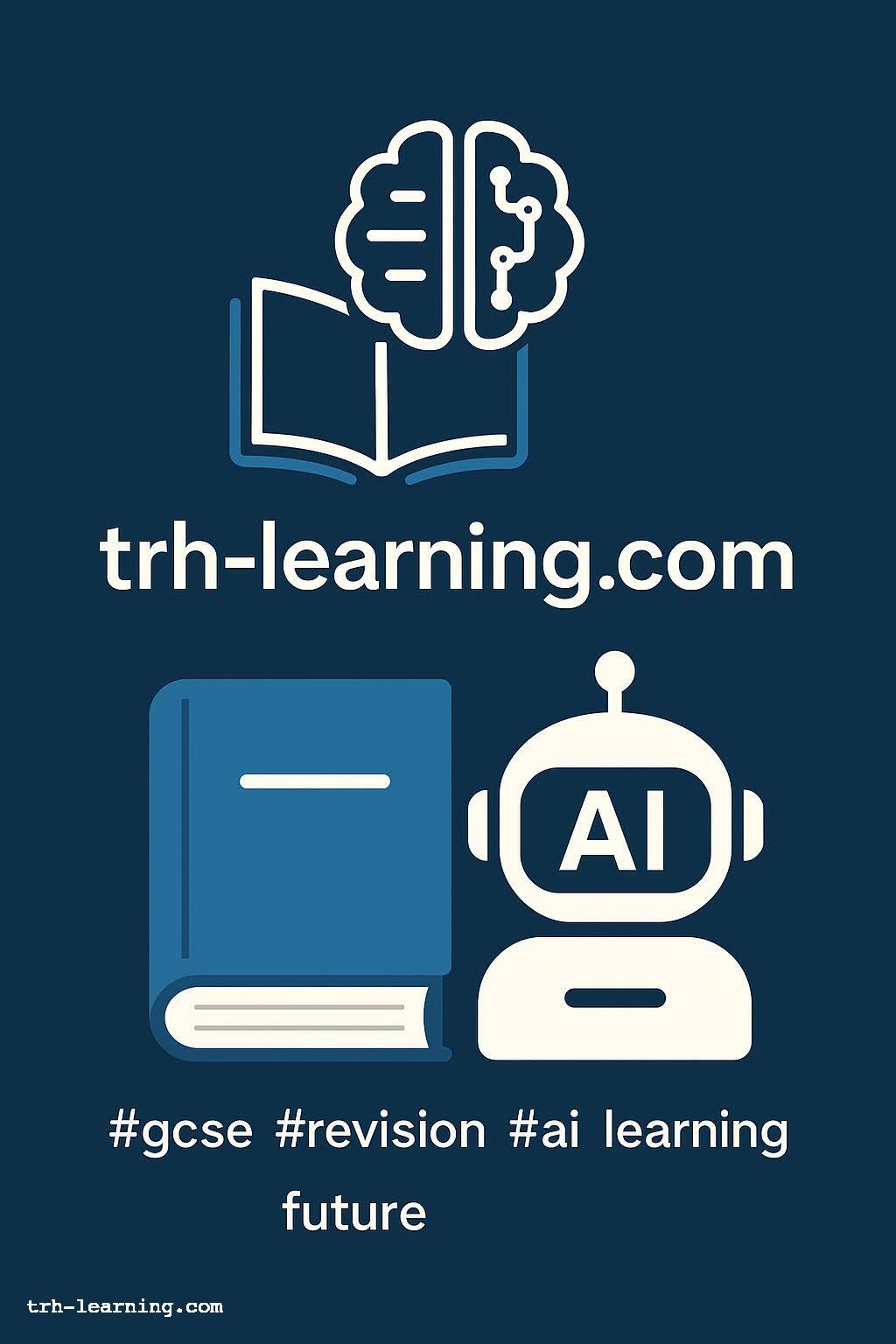GCSE Physics: The Ultimate Guide to Mastering Forces with Real-World...
The Ultimate Guide to Mastering Forces with Real-World Examples
Introduction to Forces in GCSE Physics
Forces are fundamental to understanding how objects move and interact in the world around us. Mastering the topic of forces is essential for success in GCSE Physics, as it forms the basis for many other concepts and real-world applications.
What Is a Force?
A force is a push or pull acting upon an object as a result of its interaction with another object. Forces are measured in newtons (N) and can cause objects to start moving, stop, change direction, or change shape.

Types of Forces
- Contact Forces: Forces that occur when two objects are physically touching (e.g., friction, tension, normal contact force).
- Non-Contact Forces: Forces that act at a distance (e.g., gravity, magnetic force, electrostatic force).
Key Concepts to Master
- Resultant Force: The single force that has the same effect as all the forces acting on an object combined.
- Newton’s First Law: An object will remain at rest or move at a constant speed unless acted upon by a resultant force.
- Newton’s Second Law: The acceleration of an object is proportional to the resultant force and inversely proportional to its mass (F = ma).
- Newton’s Third Law: For every action, there is an equal and opposite reaction.
Real-World Examples of Forces
- Car Braking: Friction between the brake pads and wheels slows the car down.
- Skydiving: Gravity pulls the skydiver down, while air resistance acts upwards, eventually balancing out to reach terminal velocity.
- Magnetism: Magnets attract or repel each other without touching, demonstrating non-contact forces.
- Walking: Your foot pushes backward on the ground, and the ground pushes you forward (Newton’s Third Law).
Tips for Mastering Forces
- Practice drawing force diagrams to visualize all forces acting on an object.
- Use the equation F = ma to solve problems involving mass, acceleration, and force.
- Relate concepts to everyday experiences to deepen your understanding.
- Work through past exam questions to become familiar with how forces are assessed.
Further Revision and Support
For more in-depth guides and practice questions on GCSE Physics topics, visit our educational blog.
📚
Category: GCSE Physics
Last updated: 2025-09-24 09:55 UTC